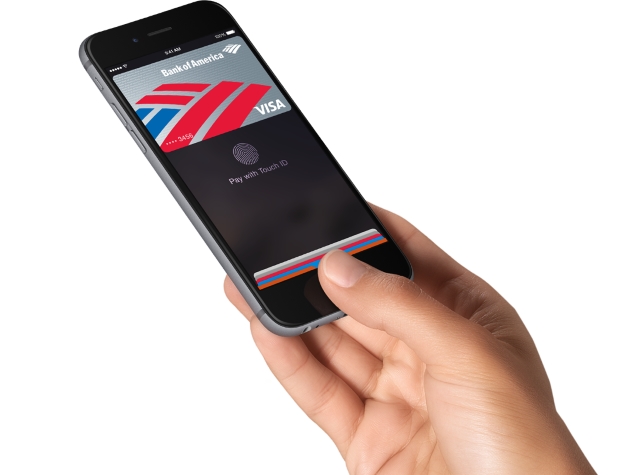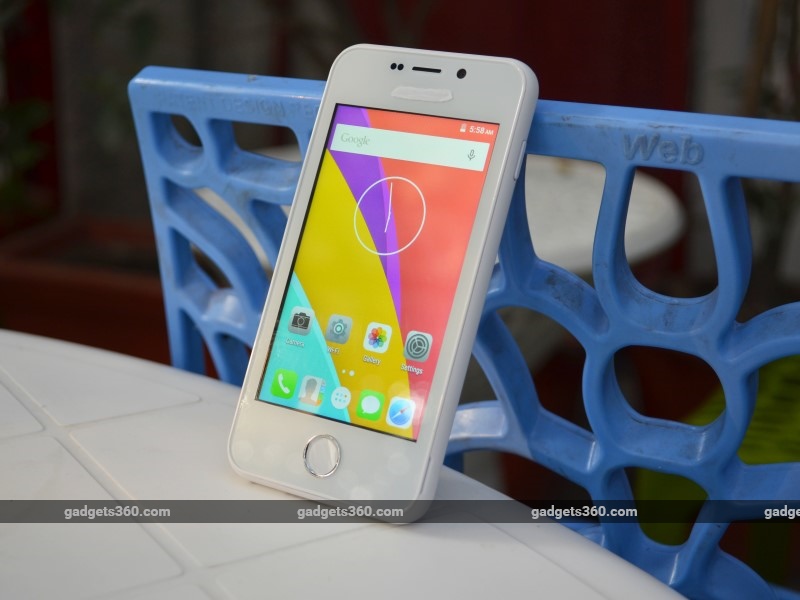Apple has made mobile payments look easy, after a decade of mostly failed experiments by banks, telecom operators and retailers to woo consumers away from cards and cash.
Apple Pay has taken the United States by storm since its launch in September, and the company has said it already accounts for around $2 out of every $3 spent using “contactless” payments on the three big US card networks.
But the tech giant will need a whole lot more magic as it looks to extend the service to international markets.
Unlike the consumer electronics business where Apple regularly rolls out new computers or phones in dozens of countries at once, there is no such thing as a unified payments market.
Each country is inhabited by often warring banks, credit card associations, telecom operators and retailers, while payment preferences and regulatory regimes can vary widely.
“Every market will have different local players, different partnerships, different local standards, different economics, different levels of cooperation,” said Morgan Stanley technology analyst Andrew Humphrey.
Apple Pay allows consumers using new Apple phones, tablets and smartwatches to buy goods by simply holding the device up to readers installed by store merchants. Its potential global customer base is huge: the 800 million Apple users who have already connected credit and debit cards to iTunes accounts.
But industry executives and analysts say that as the Silicon Valley firm gears up to push into a handful of new markets in the Americas, Asia and Europe this year, it must step gingerly, one market at a time.
It is expected to turn to preferred partners in new countries rather than the broad coalition of financial service players it managed to assemble at home, where the contactless market is relatively new, they say.
“Apple doesn’t need blanket coverage to start,” Morgan Stanley’s Humphrey said. “(It) can negotiate with a smaller number of banks in each market.”
Industry experts say the most likely targets are advanced mobile markets such as China, Japan and Britain, and aggressive adopters of new payments systems like Australia, Poland and, to a lesser extent, Canada.
“Apple, being Apple, will force its way in,” said Andrew Gardiner, European technology hardware analyst for Barclays.
“The expectation in the industry is that Apple will be launching in new markets in the next quarter or two,” he says, citing conversations he has had with credit card companies and major banks in Europe.
Alternatives take shape
Apple itself is not giving any clues about where it might move next. “Apple Pay is available in the US,” the official site simply states. A spokesman declined to comment on plans for international expansion.
An Apple Pay strength – that it seamlessly services Apple users – also gives its rivals room for manoeuvre, given that iPhones account for less than a fifth of the smartphone market.
In recent months, dozens of new investments and acquisitions have taken place, led by Google’s takeover of telecom operator-backed Softcard and smartphone giant Samsung Electronics’ purchase of magnetic strip credit card payment service LoopPay.
Both Google and Samsung look poised this year to have their own beefed-up mobile payment offerings to compete with Apple Pay as they seek to deny Apple a key differentiating feature to drive sales of its latest phones and smartwatches, analysts say.
Meanwhile, major banks are looking to offer “mobile wallet” payment apps of their own, using some of the same security technology popularised by Apple. Many financial institutions fear Apple Pay may one day overshadow relationships with their own customers.
Credit card companies such as Visa and MasterCard – which provided crucial early backing to Apple Pay and are gearing up to support its international expansion – are also looking to hedge their bets and back viable alternatives.
Analysts say Apple is likely to go after markets where iPhones are already popular and where wireless payment readers using technology on which Apple relies are widely available.
Timetric, a London-based financial services research firm, says for example that Germany, where there is relatively low iPhone usage and only a third of consumers own a credit card, is an unlikely next stop.
“Innovation in payments is not viral like other types of Internet markets,” said Jean-Claude Deturche, senior vice president at Gemalto, the world’s largest maker of mobile SIM cards, a rival mobile payment mechanism.
“It takes a bit of time. It is down to hard things. It is a physical market, not just a digital one.”
© Thomson Reuters 2015



